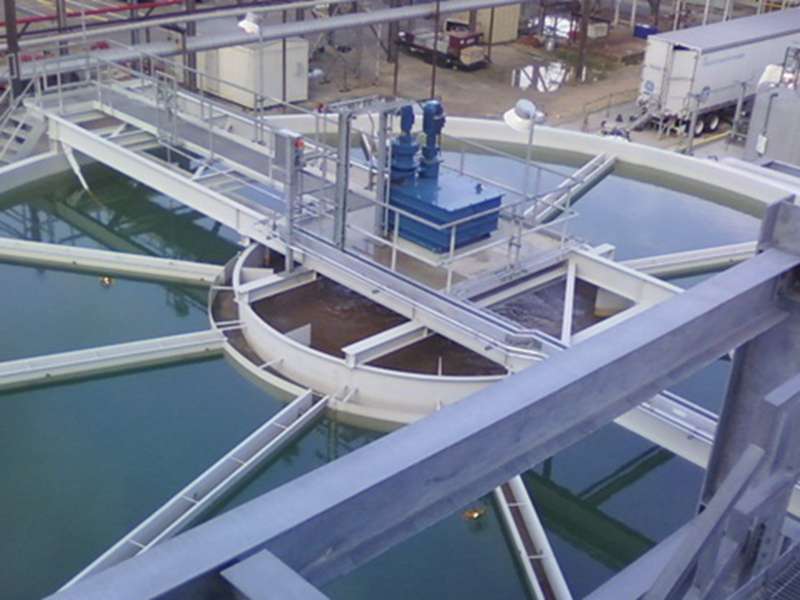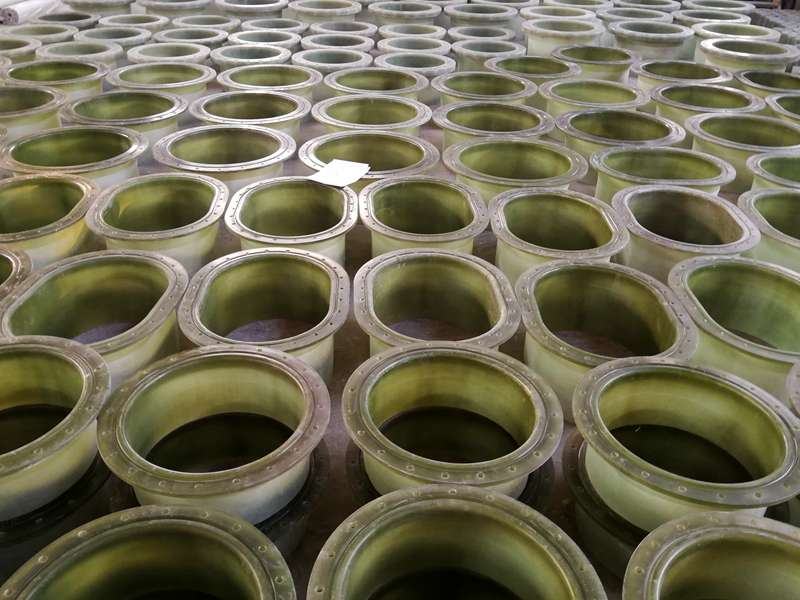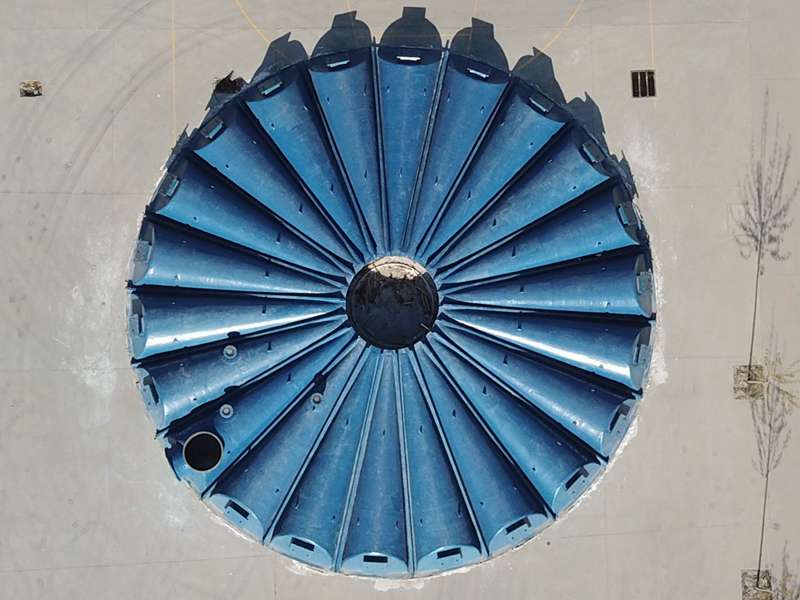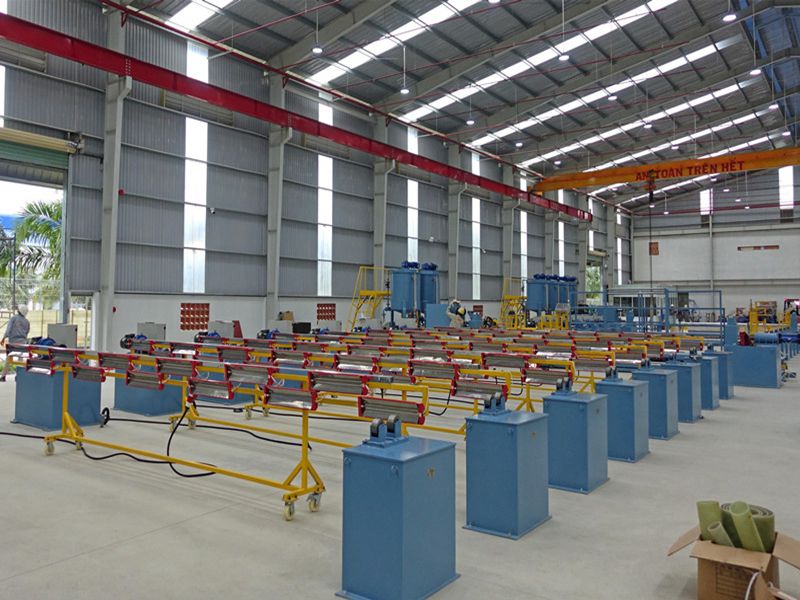
-
 Afrikaans
Afrikaans -
 Albanian
Albanian -
 Amharic
Amharic -
 Arabic
Arabic -
 Armenian
Armenian -
 Azerbaijani
Azerbaijani -
 Basque
Basque -
 Belarusian
Belarusian -
 Bengali
Bengali -
 Bosnian
Bosnian -
 Bulgarian
Bulgarian -
 Catalan
Catalan -
 Cebuano
Cebuano -
 China
China -
 China (Taiwan)
China (Taiwan) -
 Corsican
Corsican -
 Croatian
Croatian -
 Czech
Czech -
 Danish
Danish -
 Dutch
Dutch -
 English
English -
 Esperanto
Esperanto -
 Estonian
Estonian -
 Finnish
Finnish -
 French
French -
 Frisian
Frisian -
 Galician
Galician -
 Georgian
Georgian -
 German
German -
 Greek
Greek -
 Gujarati
Gujarati -
 Haitian Creole
Haitian Creole -
 hausa
hausa -
 hawaiian
hawaiian -
 Hebrew
Hebrew -
 Hindi
Hindi -
 Miao
Miao -
 Hungarian
Hungarian -
 Icelandic
Icelandic -
 igbo
igbo -
 Indonesian
Indonesian -
 irish
irish -
 Italian
Italian -
 Japanese
Japanese -
 Javanese
Javanese -
 Kannada
Kannada -
 kazakh
kazakh -
 Khmer
Khmer -
 Rwandese
Rwandese -
 Korean
Korean -
 Kurdish
Kurdish -
 Kyrgyz
Kyrgyz -
 Lao
Lao -
 Latin
Latin -
 Latvian
Latvian -
 Lithuanian
Lithuanian -
 Luxembourgish
Luxembourgish -
 Macedonian
Macedonian -
 Malgashi
Malgashi -
 Malay
Malay -
 Malayalam
Malayalam -
 Maltese
Maltese -
 Maori
Maori -
 Marathi
Marathi -
 Mongolian
Mongolian -
 Myanmar
Myanmar -
 Nepali
Nepali -
 Norwegian
Norwegian -
 Norwegian
Norwegian -
 Occitan
Occitan -
 Pashto
Pashto -
 Persian
Persian -
 Polish
Polish -
 Portuguese
Portuguese -
 Punjabi
Punjabi -
 Romanian
Romanian -
 Russian
Russian -
 Samoan
Samoan -
 Scottish Gaelic
Scottish Gaelic -
 Serbian
Serbian -
 Sesotho
Sesotho -
 Shona
Shona -
 Sindhi
Sindhi -
 Sinhala
Sinhala -
 Slovak
Slovak -
 Slovenian
Slovenian -
 Somali
Somali -
 Spanish
Spanish -
 Sundanese
Sundanese -
 Swahili
Swahili -
 Swedish
Swedish -
 Tagalog
Tagalog -
 Tajik
Tajik -
 Tamil
Tamil -
 Tatar
Tatar -
 Telugu
Telugu -
 Thai
Thai -
 Turkish
Turkish -
 Turkmen
Turkmen -
 Ukrainian
Ukrainian -
 Urdu
Urdu -
 Uighur
Uighur -
 Uzbek
Uzbek -
 Vietnamese
Vietnamese -
 Welsh
Welsh -
 Bantu
Bantu -
 Yiddish
Yiddish -
 Yoruba
Yoruba -
 Zulu
Zulu
Exploring Effective Solutions for Mitigating Corrosion Challenges in Various Industries and Applications
Understanding Corrosion Solutions A Comprehensive Guide
Corrosion is an inevitable and costly phenomenon that affects various materials, especially metals. It is the process through which metals deteriorate due to their interaction with environmental elements, leading to structural damage and financial losses. As industries continue to advance, the need for effective corrosion solutions becomes increasingly critical. This article delves into the causes of corrosion, the types of corrosion, and various solutions to mitigate its impact.
Causes of Corrosion
Corrosion occurs when metals are exposed to moisture, oxygen, and electrolytic conditions, leading to electrochemical reactions. Common causes include environmental factors such as humidity, temperature changes, and the presence of salts or industrial pollutants. Additionally, the inherent properties of the metal in question, such as its reactivity and the protective coatings applied, play significant roles in its susceptibility to corrosion.
Types of Corrosion
There are several types of corrosion, each with specific characteristics and implications
1. Uniform Corrosion This type occurs evenly over the surface of a metal. It is often predictable and can be managed by regular maintenance and protective coatings.
2. Galvanic Corrosion This phenomenon happens when two different metals are in electrical contact in the presence of an electrolyte. The more reactive metal corrodes faster than it would alone.
3. Pitting Corrosion Characterized by localized, deep pits or holes, this type of corrosion can be particularly dangerous as it can lead to sudden failure without substantial loss of the metal.
4. Crevice Corrosion Occurring in confined spaces where the electrolyte can become stagnant, crevice corrosion is often found in joints, gaskets, or other tight areas.
corrosion solution
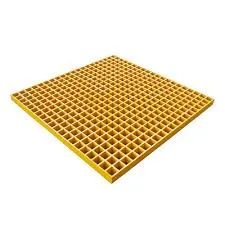
5. Stress Corrosion Cracking This involves the combination of tensile stress and corrosive environments. It often affects high-strength materials and can lead to catastrophic failures.
Corrosion Solutions
To combat corrosion effectively, a variety of solutions are available
1. Protective Coatings Applying paints, enamels, or galvanizing can create a barrier between the metal surface and corrosive elements. Selecting the right type of coating based on the environment is crucial for optimal protection.
2. Corrosion Inhibitors These are chemicals added to the environment that reduce the corrosion rate. They can be applied in various forms, such as in liquid or solid state, and are commonly used in industrial settings.
3. Cathodic Protection This method involves connecting the metal structure to a more active metal (anode) that corrodes preferentially. By diverting corrosion away from the primary metal, this technique is effective for pipelines and tanks.
4. Material Selection Choosing corrosion-resistant materials is an essential strategy for industries, especially in harsh environments. Stainless steel, aluminum, and specialized alloys can provide better longevity and reduced maintenance costs.
5. Regular Maintenance and Inspections Conducting periodic checks and maintenance can help identify and address early signs of corrosion. Implementing a routine inspection protocol ensures that potential corrosion issues are caught before they lead to severe damage.
Conclusion
Corrosion remains one of the most significant challenges faced by industries worldwide. The implications of neglecting corrosion can be dire, encompassing safety risks, environmental hazards, and economic losses. By understanding the causes and types of corrosion and implementing effective solutions, industries can protect their assets, enhance safety, and ensure sustainability. A proactive approach to corrosion management not only preserves materials but also fosters a culture of responsibility towards maintaining infrastructure and safeguarding our environment.



